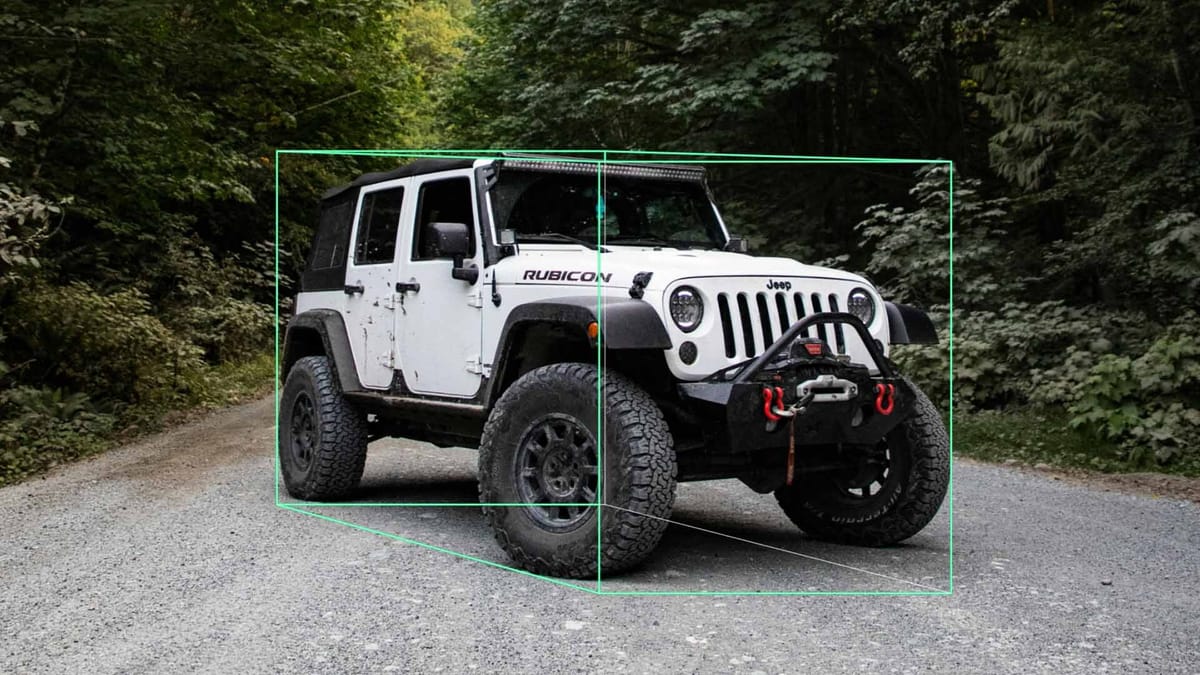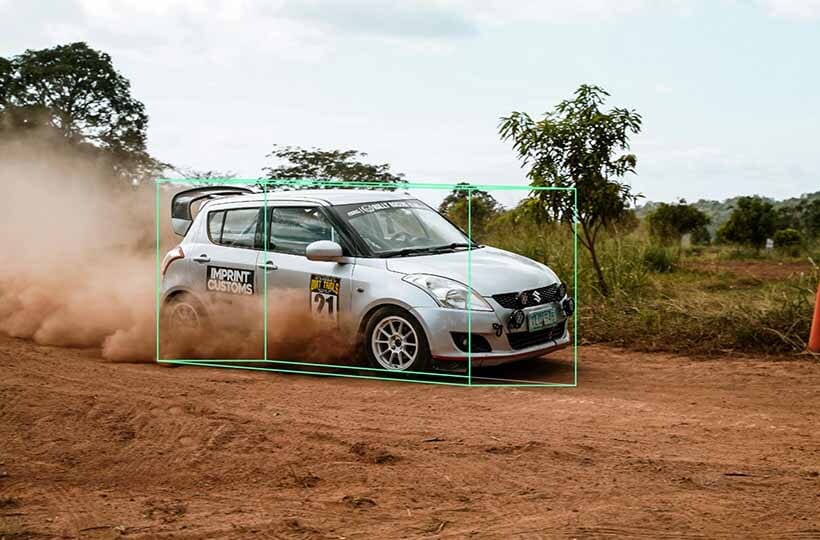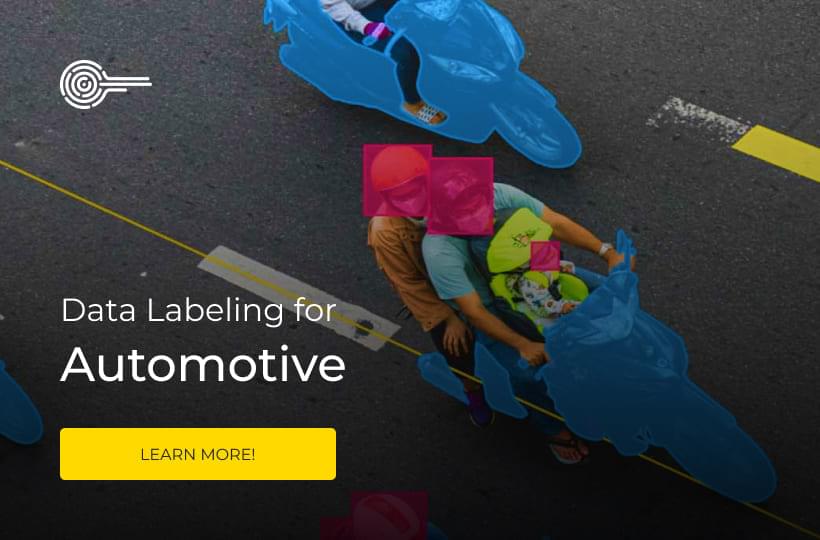Annotating Data for AR/VR Applications: Creating Immersive Experiences

Data annotation forms the backbone of the systems that power these technologies in augmented reality (AR) and virtual reality (VR) applications. From object recognition to scene understanding, data annotation ensures that virtual content matches the user's physical environment. The process involves tagging images and videos to identify objects, track motion, and understand spatial relationships, enabling seamless integration of virtual and real-world elements.
With better data, applications can more accurately recognize gestures, maintain object stability in dynamic scenes, and respond to user actions in real-time. These annotations are more than just static labels; they shape how algorithms interpret the world, from simple overlays in augmented reality to fully immersive virtual reality simulations. Accurate data annotation opens up new ways of interacting with information in education, healthcare, and manufacturing industries.
Key Takeaways
- Precision labeling directly impacts AR/VR model accuracy and user immersion.
- Blending real-world sensor data with synthetic environments enhances training efficiency.
- Industry-specific quality checks maintain compliance with safety and performance standards.
- Continuous feedback loops optimize device recognition capabilities post-deployment.

The Role of Annotation for AR/VR in Immersive Technologies
Annotations provide structured information necessary for the smooth functioning of immersive technologies in augmented and virtual reality. They help create a solid foundation for machine learning models to understand complex real-world environments.
As immersive technologies grow, data annotation requirements are increasing in complexity and scale. Annotations must be accurate and consider the unique challenges of augmented and virtual reality, such as changing lighting conditions and the need to support user immersion. This requires innovative data labeling and validation approaches, often involving iterative refinement and collaboration between humans and artificial intelligence. The resulting annotated datasets are directly fed into models that provide object detection, gesture recognition, and environmental mapping.
Understanding the Importance of Data Collection and Labeling
Data collection and labeling are the foundation for effective AR and VR applications. During data collection, developers capture various images and videos representing different scenarios that users may encounter. However, the raw data itself is insufficient; it needs to be carefully labeled so that algorithms can learn what to look for and how to react. This process often involves tagging objects, tracking movement, and highlighting key characteristics that help the technology understand its environment.
Without detailed and accurate labeling, the algorithms that power AR and VR have difficulty interpreting dynamic scenes or accurately anchoring virtual content in the real world. Labeling must also reflect variations in the real world, such as changes in lighting, background, or object shape, to create reliable, adaptable models. This work is time-consuming, but it is essential to building applications that feel smooth and believable to users.
Impact on Model Performance and User Interaction
Data annotation has a direct impact on the performance of AR and VR applications, affecting everything from object tracking to the realism of virtual overlays. When data is accurately labeled, algorithms can identify key elements in a scene and respond more efficiently, creating a smoother and more immersive user experience.
Good annotation results in a seamless interaction that feels natural and responsive for users. Applications can adapt to changing contexts, from different lighting conditions to dynamic user movement. This adaptability distinguishes basic AR overlays from fully immersive experiences that combine virtual and real environments convincingly.
Innovative Annotation for AR/VR: Enhancing Immersive Experiences
As developers strive to create more realistic and immersive experiences, they turn to advanced techniques beyond traditional labeling practices. These methods address the unique challenges of dynamic 3D environments and real-time changing user interactions. Here's how innovative annotations are shaping AR and VR:
- Labeling and tracking 3D objects. Moving from 2D to 3D data annotation allows models to understand objects' depth, orientation, and movement in space. This is key to aligning virtual elements with the real world in AR or creating believable environments in VR.
- Semantic segmentation for scene understanding. In addition to object identification, semantic segmentation divides entire scenes into meaningful parts, giving models a more nuanced understanding of what's happening. This is critical for interactions such as object manipulation and environmental reactions.
- Action and gesture recognition. Annotating objects, user actions, and gestures opens up a more adaptive and interactive experience. Models trained on this data can interpret natural user input and adapt virtual content on the fly.
- Environmental and lighting context. Labeling data with information about lighting conditions and the environment helps applications maintain visual stability and realism, even when external factors change.
- Iterative annotation and model feedback. Incorporating feedback loops between model output and human annotation helps to improve data labeling continuously. This creates an improvement cycle that adapts to real-world performance and user behavior, making the experience more engaging over time.

Advanced Labeling Techniques for 3D Objects and Environments
- Volumetric segmentation. Marks objects as 3D volumes rather than flat shapes, allowing models to understand depth and structure. This is important for anchoring virtual objects and creating believable environments in AR and VR.
- Key point annotation. Marks critical points on 3D objects, such as joints or corners, to help models recognize shapes and movements. Keypoint data supports the accurate alignment of virtual elements with real-world geometry.
- Marking of environmental elements. Includes information about lighting, textures, and other context-specific elements that affect the perception of objects. This allows models to adapt to different real-world settings and lighting conditions.
Leveraging Human-In-The-Loop and ML-powered tools
Using machine learning tools with human-machine learning integration to annotate data in augmented and virtual reality (AR) and virtual reality (VR) helps bridge the gap between manual work and automated processing. Human annotators provide context and insights that are difficult for algorithms to understand independently, especially in complex or ambiguous scenarios. Combined with machine learning tools, this analytical data creates a more robust approach to accurately labeling data. Machine learning tools can quickly process routine tasks, flagging uncertain cases that require human intervention.
Machine learning models trained on increasingly complex and diverse data sets continuously learn from this feedback, gradually reducing the workload of human workers. This approach is especially useful for AR and VR applications, where small labeling errors can significantly impact how natural and believable the final experience is. As a result, teams can provide high-quality data for training models while maintaining the flexibility to adapt to new challenges and applications.
Ensuring Quality and Accuracy in Annotation
High-quality annotations help models make reliable predictions, creating an engaging and natural user experience. This process often involves multiple validation layers, from expert review of human-labeled data to automated checks that identify inconsistencies or errors. It's not just about adding more labels but also about making sure that each label is relevant to the application's real-world context.
Quality assurance processes typically combine manual checking and automated tools to detect simple bugs and more subtle inconsistencies. In many cases, developers create specialized guidelines so that everyone involved in annotation understands how to interpret complex scenes or edge cases. Feedback loops between model performance and annotation practices are also important, with models highlighting areas where labeling may need improvement. This iterative process helps fine-tune the data so that it is accurate and adaptable to real-world scenarios as they evolve.
Optimizing AR/VR Applications Through Advanced Data Annotation Practices
Accurate and detailed annotations allow models to interpret better spatial relationships, user movements, and environmental changes, essential to maintaining realism and responsiveness. These practices often involve combining multiple annotation techniques, such as 3D labeling, time tracking, and contextual tagging, to get a more complete picture of the scenarios the application will encounter.
In addition to accuracy, optimization also involves streamlining the annotation workflow through automation and human engagement strategies. Using machine learning tools to pre-label data can speed up the process while human reviewers focus on complex or ambiguous cases. Continuous feedback between annotation quality and model results helps identify areas for improvement and guides iterative updates. This cycle makes the annotation process more efficient and ensures that the resulting AR and VR programs remain adaptable to new environments and use cases.
Integrating Sensor Fusion and Multimodal Labeling
Sensor data fusion combines data from multiple sources, such as cameras, depth sensors, inertial measurement units, and microphones, to create a more complete understanding of the environment. Multimodal labeling involves annotating this diverse data in a coordinated manner, capturing not only visual information but also spatial, motion, and audio cues. There are several essential aspects of this integration:
- Combining input from multiple sensors. Combining data from cameras, depth sensors, and motion trackers provides richer information about the environment, helping to overcome the limitations of any single sensor.
- Coordinated multimodal annotation. Labeling different data types ensures that models learn how sensory inputs relate to and complement each other in understanding scenes and actions.
- Improved stability in changing environments. Using fused sensor data allows augmented and virtual reality (AR) systems to maintain accuracy even in challenging scenarios such as low light or noisy environments.
- Improved contextual understanding. Audio and motion data add layers of context that go beyond visual cues to enable more natural interaction and response.
- Better model training and performance. Integrating multimodal data during training helps create algorithms that can more reliably interpret complex real-world scenarios, resulting in a smoother and more immersive user experience.
Summary
Data annotation is fundamental in developing effective AR and VR applications, enabling machines to interpret and interact with complex 3D environments accurately. Advanced labeling techniques like 3D object annotation, time tracking, and multimodal labeling help capture the spatial, temporal, and contextual details needed to create realistic, immersive experiences. Combining human expertise with machine learning tools improves both the speed and accuracy of annotation and quality assurance processes to ensure the reliability of labeled data. Integration of sensor fusion further improves model understanding by combining information from multiple sources, allowing AR and VR systems to perform well in diverse and dynamic environments. Overall, these data annotation techniques contribute to optimizing and developing AR and VR technologies, making virtual experiences more natural, adaptive, and immersive.
FAQ
Why is data annotation critical for AR and VR applications?
Data annotation provides the structured information algorithms needed to recognize objects, track movement, and understand spatial relationships, essential for creating seamless and immersive experiences.
What advanced techniques are used to label 3D objects in AR/VR?
Techniques include volumetric segmentation, keypoint annotation, temporal tracking, and surface standard labeling, which capture object shape, position, movement, and surface details in three-dimensional space.
How does human-in-the-loop improve the annotation process?
Human-in-the-loop combines human judgment with machine automation, allowing annotators to handle complex cases while ML tools manage routine tasks, improving accuracy and efficiency.
What role does quality assurance play in data annotation for AR/VR?
Quality assurance ensures annotations are accurate and consistent through manual reviews, automated checks, and feedback loops, which helps models perform reliably in immersive environments.
How does sensor fusion enhance AR and VR data annotation?
Sensor fusion merges data from multiple sensors, such as cameras, depth sensors, and motion trackers, providing richer information that helps models interpret complex scenes more accurately.
What is multimodal labeling, and why is it important?
Multimodal labeling involves annotating different types of data, such as visual, spatial, audio, and motion, in a coordinated way. This enables models to understand various sensory inputs together for better context.
How do temporal annotations contribute to AR/VR applications?
Temporal annotations track how objects and actions change over time, supporting smooth transitions and realistic interactions in dynamic virtual environments.
Why is iterative annotation critical in AR/VR development?
Iterative annotation allows ongoing refinement of labels based on model feedback and real-world testing, helping continuously improve data quality and model performance.
What challenges do lighting and environmental variation pose for annotation?
Changes in lighting and environment affect how objects appear, so labeling must account for these variations to ensure models remain robust and maintain immersion under different conditions.
How do advanced annotation practices optimize AR/VR applications?
Advanced practices combine precise labeling techniques, human expertise, and automation to improve model accuracy and speed up development, leading to more responsive and realistic immersive experiences.

